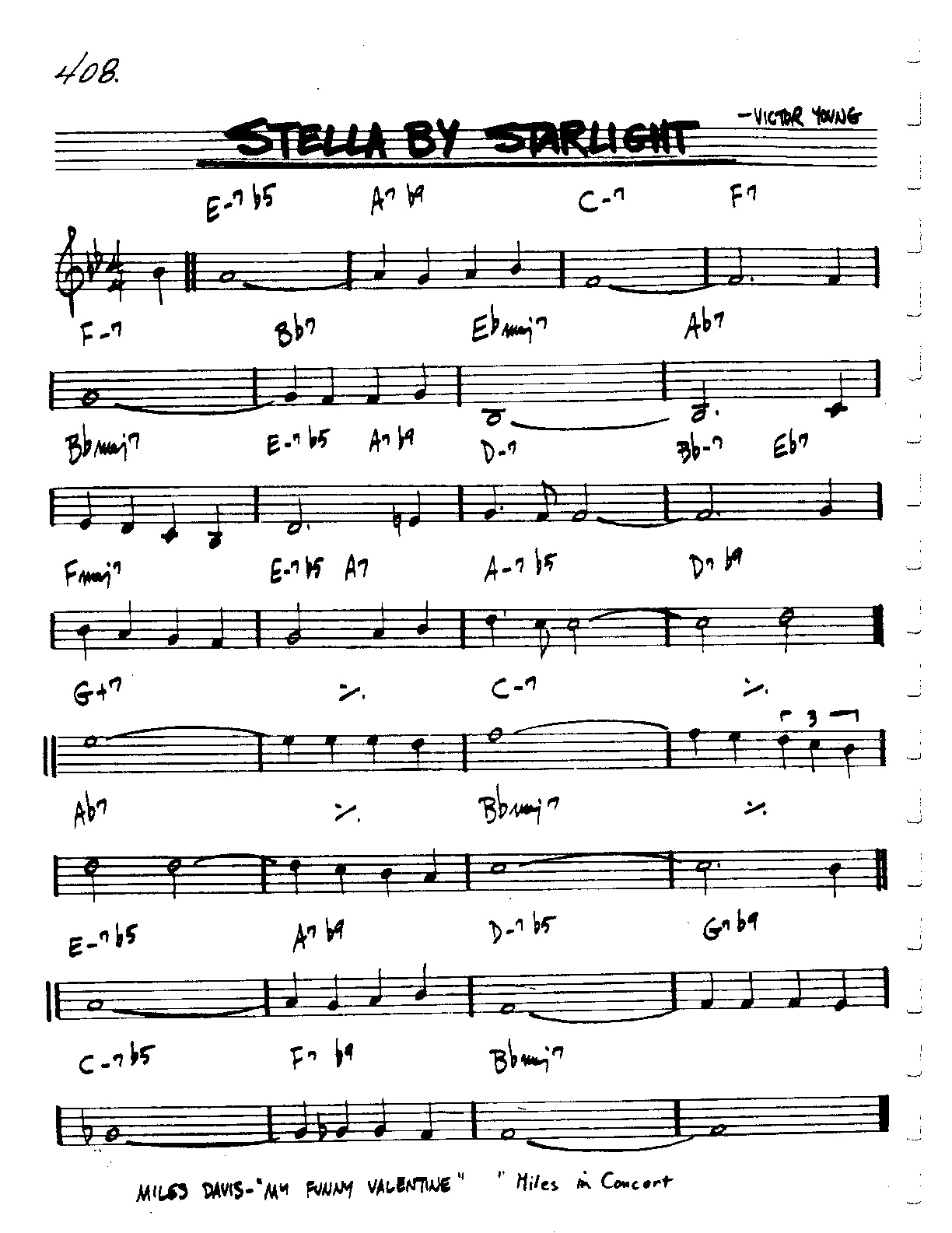Why Does Jazz Use 7th Chords?
Being a piano teacher, I get a lot of different questions for my students. When I am asked the same question over and over again, I typically write an article about it. One of the questions I'm frequently asked by my students in, why does Jazz use 7th chords?
Jazz uses 7th chords because it is an important part of the sound of jazz. Every type of music has it's own stylistic tendencies and 7th chords are part of what makes jazz sound like jazz.

7th Chords and the Motion of Jazz
Seventh chords are an important aspect of jazz music and have been used extensively in the genre since its early days. A seventh chord is a chord that consists of a root note, a major or minor third, a perfect fifth and a minor or major seventh. These chords provide a rich harmonic palette that allows jazz musicians to create complex and nuanced harmonies. Much of the tension and release of jazz comes from the resolution of a dominant (ex. V7) chord to non dominant chord (ex. I maj7).
One of the main reasons seventh chords are important in jazz is that they add a sense of dissonance and tension to the music. Jazz musicians often use seventh chords to create a sense of tension and release, which can add a sense of drama and excitement to the music. The dissonance created by the use of seventh chords creates a sense of tension that can be resolved by the resolution to a consonant chord. This tension and release is a fundamental aspect of jazz harmony and helps to create a sense of movement and progression in the music.
Seventh chords also allow jazz musicians to create more complex harmonic structures. The additional notes in a seventh chord, compared to a basic triad, allow for more harmonic possibilities and a greater range of tonal colors. Musicians can use these chords to create rich and complex harmonies that can be used to express a wide range of emotions and feelings.
Another important aspect of seventh chords in jazz is their use in the practice of "comping" or accompanying. Comping is an important part of jazz performance and refers to the practice of providing harmonic support for the soloist. Seventh chords are often used in comping to add a sense of dissonance and tension to the accompaniment, which can help to create a sense of drama and excitement. They also provide a rich palette of harmonic options for the accompanist to use in supporting the soloist.
If you are interested in learning even more about 7th chords and tensions check out this video!
Seventh chords are also widely used in the practice of "modal" jazz. In modal jazz, instead of relying on traditional chord progressions, musicians play over a single mode or scale for an extended period of time. Seventh chords are often used in modal jazz to create a sense of tension and dissonance that can be resolved by the resolution to a consonant chord, this tension and release is a fundamental aspect of modal jazz harmony and helps to create a sense of movement and progression in the music.
Popular Jazz Standards that Use 7th Chords
Stella By Starlight

This song uses consecutive II-V-I's to create motion. This is what gives the song it's special feel. "Stella By Starlight" is a jazz standard composed by Victor Young and lyrics written by Ned Washington. It was first recorded by Young's Orchestra in 1946 and has since become a popular tune in the jazz repertoire. The song is known for its beautiful melody, complex harmony and for its use as a vehicle for improvisation.
One of the most striking features of "Stella By Starlight" is its melody. The melody is characterized by its smooth and flowing qualities and its use of wide intervals. The melody is also known for its memorable and catchy nature. It is easy to sing along to, and it is a melody that stays in the listener's head long after the song is over.
Another important aspect of "Stella By Starlight" is its harmony. The harmony is rich and complex, featuring a mix of chords including, major and minor seventh chords, ninth chords and extended chords. This harmonic complexity gives the tune a rich and sophisticated sound, and it also provides a lot of opportunities for improvisation.
The tune is often performed in a moderate to fast tempo, and it is a great vehicle for improvisation. Musicians often use the tune as a platform to showcase their technical skills and their improvisational abilities. The melody and harmony of the tune provide a strong foundation for improvisation and the tune is known for its ability to inspire creative and exciting solos.
Autumn Leaves

"Autumn Leaves" is one of the most iconic and enduring jazz standards of all time. Composed by Joseph Kosma with lyrics added later by Johnny Mercer, this tune has stood the test of time and remains a staple in the jazz repertoire. With its beautiful melody, complex harmony and endless possibilities for improvisation, it's no wonder why this tune has become a favorite among jazz musicians and music lovers alike.
One of the things that makes "Autumn Leaves" so special is its melody. The tune features a smooth and flowing melody that is both melancholic and evocative. The melody is characterized by its wide range of intervals, which creates a sense of drama and tension. It's the perfect backdrop for a fall day, as the leaves are falling, and the weather is getting colder.
I hope you have learned a little bit more about 7th chords and how they create motion in jazz. They really are the foundation of the harmonies that make jazz sound like jazz. Plus they are really fun to solo over! Thank you so much for reading :)



